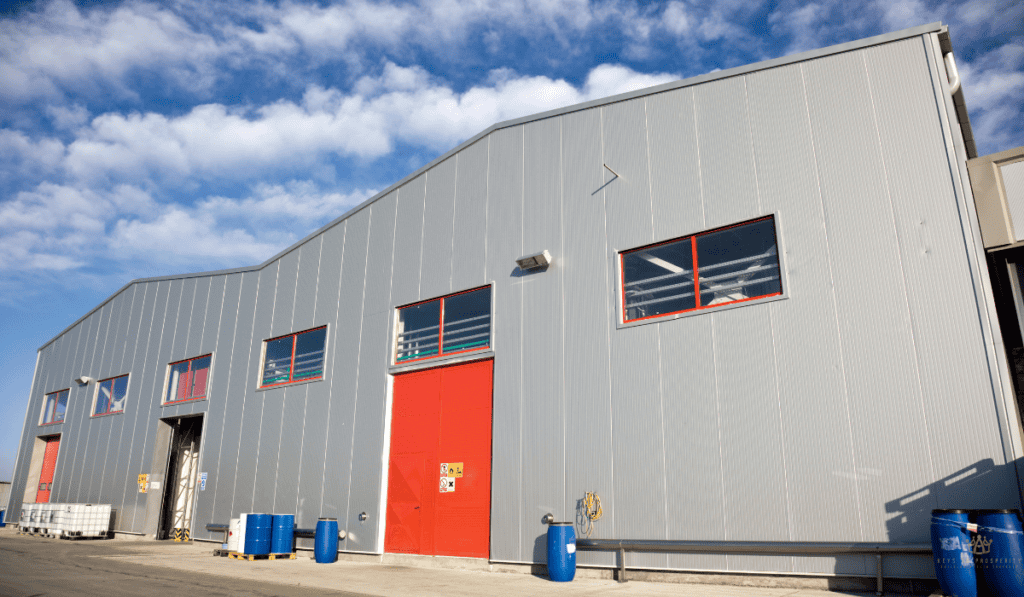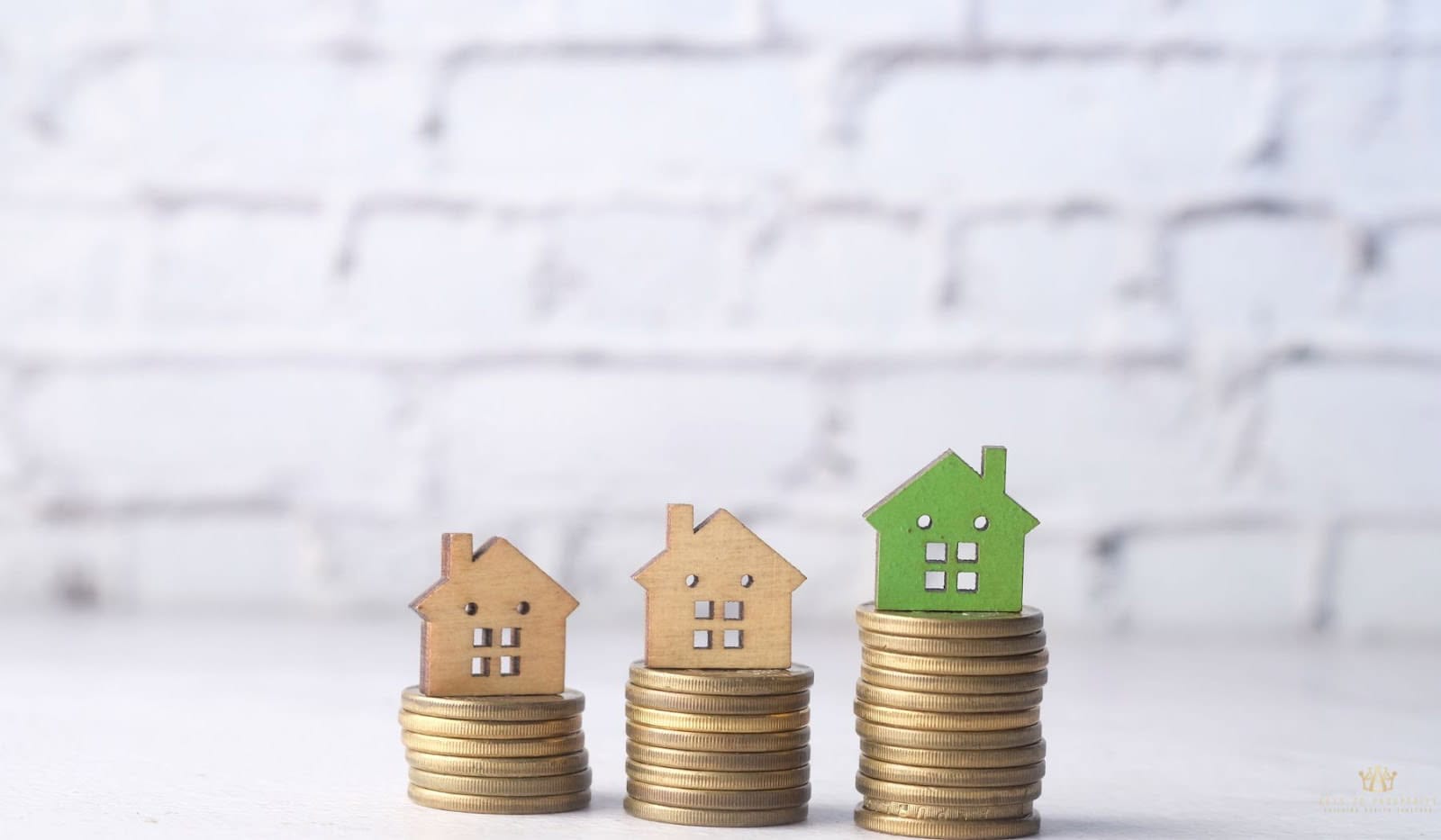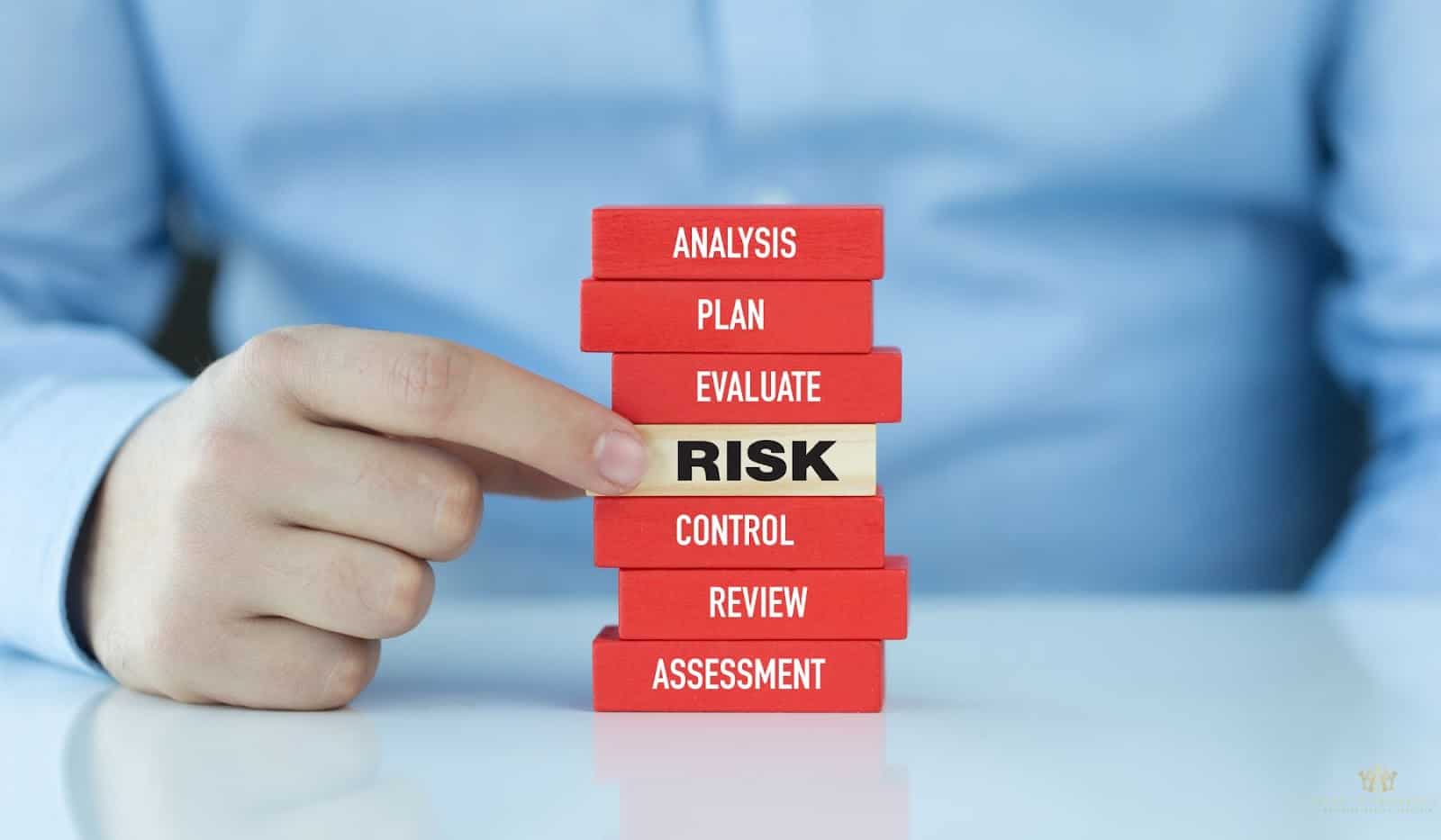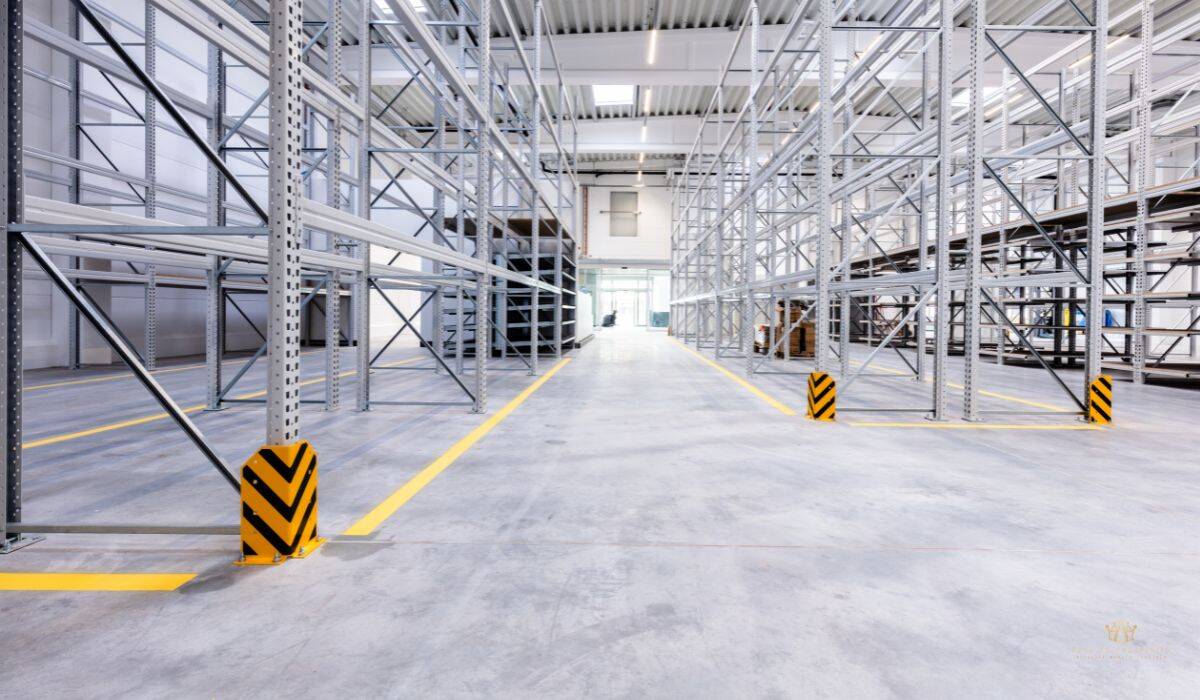
Commercial real estate pros are buzzing about 2025! A major industry poll reveals that over 75% of investors anticipate declining property values will create prime buying opportunities this year, sparking renewed interest in value-add strategies.
From our experience, knowing how to identify value add commercial properties can make the difference between mediocre and exceptional returns.
This guide will show you exactly how to spot undervalued assets, calculate potential upside, and implement proven improvement strategies to maximize your investment strategy.
Our previous post on commercial property cash flow analysis laid the groundwork for understanding income potential. This guide builds on those concepts while preparing you for our upcoming article on commercial property appraisal report analysis.
If you’re new to this topic, you might want to start with our fundamentals post on how to analyze a commercial property before tackling this more specialized approach.
Let’s get started!
Short Summary
- Value-add commercial properties offer higher returns (12-18%) than core investments by improving underperforming assets
- Financial analysis focuses on net operating income (NOI), below market rents, and operating expenses to identify improvement potential
- Finding opportunities requires systematic market analysis and looking for signs of poor management or deferred maintenance
- Successful execution demands a detailed business plan with strategic improvements and tenant retention strategies
- Risk management through contingency planning and diverse exit strategies protects your investment
Understanding Value-Add Commercial Real Estate
Value-add commercial properties are the sweet spot in real estate investment. We define them as properties with problems that can be fixed to boost property value and rental income.
These aren’t perfect buildings, though. They have issues that scare away some buyers. That’s your opportunity!
Types of Commercial Investment Strategies
Unlike core investments (stable, low-risk properties with predictable cash flow), value-add strategy sits in the middle of the risk spectrum. Core investments might return 6-8% annually, while value-add investments typically target 12-18% returns.
On the riskier end, opportunistic investments (ground-up development or distressed properties) chase 20%+ returns but carry much higher risk.
Common Value-Add Categories

We’ve seen three main ways to add value to commercial real estate assets:
- Physical improvements
This ranges from fresh paint to complete renovation. For example, an office property can increase its value by more than 20% just by modernizing lobbies and common areas.
- Operational improvements
Smart property management can drastically cut operating expenses. Implementing energy efficient systems and renegotiating service contracts can reduce expenses by as much as 15%.
- Tenant-related enhancements
Improving your tenant mix or addressing below market rents works wonders. A small retail center, for instance, can increase its net operating income by 30% simply by replacing underperforming tenants with quality tenants who matched the target market better.
The beauty of value-add commercial real estate is that you’re not relying solely on market appreciation. You’re actively creating value through strategic improvements that boost the property’s income and appeal to higher paying tenants.
Key Financial Indicators To Identify Value-Add Properties
Finding hidden gems in commercial real estate starts with knowing what numbers to crunch. We’ve analyzed hundreds of properties, and these financial indicators consistently help us spot winners.
Evaluating Net Operating Income
Property’s net operating income (NOI) is your north star. Calculate it by subtracting all operating expenses from gross rental income. Look for properties where current NOI is artificially low.
Below Market Rents
Below market rents are like money left on the table. Compare current rents to similar properties nearby. A 15-20% gap? That’s opportunity knocking!
We worked with an investor who purchased a small retail center where tenants paid $15/sqft when the local real estate market commanded $19/sqft. After lease renewals, they could increase net operating income by 22%.
Calculating ROI On Improvements
Not all improvements deliver equal returns. Use this simple formula:
ROI = (Increase in Property Value ÷ Cost of Improvements) × 100

Operating Expense Analysis
High operating expenses often hide inefficiencies. Compare expense ratios to industry benchmarks. We typically see opportunities in:
- Utility costs (15-25% savings potential with energy efficient systems)
- Property management fees (sometimes 1-2% above market)
- Property taxes (often can be appealed)
- Maintenance contracts (frequently 10-20% above market rates)
Cash Flow Projections
Future cash flow tells the real story. Create a 5-year projection that includes:
- Planned rent increases (how will you consistently raise rents?)
- Tenant improvements costs
- Debt service requirements
- Timeline for achieving full property value potential
The most successful value add properties we’ve worked with showed at least a 20% cash flow increase by year three. That’s the sweet spot for value add commercial real estate investments.
How To Find And Evaluate Value-Add Commercial Opportunities
Finding great value-add properties isn’t just about luck. We’ve discovered that systematic hunting yields the best results in any target market.
Conducting Effective Market Analysis
Start by narrowing down to specific submarkets within your region. We focus on areas with employment growth of at least 2% annually. Check job creation patterns, population trends, and infrastructure development plans.
For example, a new transportation hub can increase foot traffic by as much as 40% for nearby retail spaces.
Spotting Deferred Maintenance Opportunities
Deferred maintenance might look scary, but it’s often a goldmine. Drive neighborhoods slowly and look for:
- Outdated exteriors (faded paint, cracked parking lots)
- Poorly maintained landscaping
- Original windows in older buildings
- Outdated signage
One of our best value add commercial real estate deals was an office building with a leaky roof that scared away buyers. The fix cost $45,000 but unlocked $180,000 in property value.
Identifying Poor Management Situations
Inefficient property managers leave telltale signs:
- High vacancy rates compared to market averages
- Inconsistent tenant quality
- Irregular maintenance schedules
- Poor online reviews
If you see a retail center with a, say, 30% high vacancy rate in a hot area with 5% market vacancy, poor management is invariably the problem. Such property can be turned around in a short time with proper management.

Researching Growth Trends
Track local real estate market data religiously. We monitor:
- Permit applications for new development
- Changes in zoning
- Infrastructure announcements
- Business relocations
These signals help identify properties in transitioning neighborhoods before prices jump.
Evaluating Tenant Mix
The right tenant mix dramatically affects value. Look for properties where:
- Current tenants are below the potential caliber for the location
- Lease expirations are coming up soon
- You can consolidate spaces to attract higher paying tenants
With strategic tenant repositioning, we’ve seen properties increase NOI by 25% without major capital improvements.
Implementing Successful Value-Add Investment Strategies
Spotting opportunity is just the first step. Remember, execution makes or breaks value-add investments. Success requires both planning and flexibility.
Creating Your Business Plan
Every successful value add strategy starts with a detailed business plan. Map out specific actions, costs, and timelines. We recommend breaking your plan into 30-day chunks with clear milestones.
For a retail center, for example, your plan could include lobby renovations by day 45, new signage by day 60, and management transition by day 90. This precision can help you stay on budget and schedule.
High-ROI Physical Improvements
Not all property improvements deliver equal returns. Focus on these winners:
- Common area upgrades (lobbies, hallways, restrooms) – typically deliver 2-3x ROI
- Modern lighting (reduces operating expenses while improving appearance)
- Facade improvements (first impressions matter!)
- Energy efficient systems (HVAC replacements can cut utility costs by 25-30%)
You can transform a dated office property with a strategic lobby and exterior improvements. Lease rates can jump and boost property value.
Operational Improvements
Smart management strategies often deliver better returns than physical upgrades.
Consider:
- Renegotiating service contracts (we typically find 15-20% savings)
- Implementing preventive maintenance schedules (reduces emergency repairs by up to 70%)
- Upgrading to modern property management software (improves tenant communication and retention)
Raising Rents Strategically
The key to consistently raise rents without losing quality tenants is adding value first. We follow this sequence:
1. Improve property appearance and function
2. Enhance tenant services and communication
3. Provide market comparison data when announcing increases
4. Stagger increases (5-8% annually beats 15-20% all at once)

Risk Management Approaches
Value add commercial real estate involves unique risks. We protect our investments by:
- Building contingency reserves (15-20% of renovation budget)
- Securing longer-term financing to outlast potential market conditions downturns
- Creating tenant retention programs to minimize vacancy during improvements
- Establishing clear exit strategies before purchase (crucial for risk management)
Final Thoughts On How To Identify Value Add Commercial Properties
Spotting great value-add commercial properties takes practice, but the rewards make it worthwhile. Trust your analysis, start with smaller projects, and build your expertise gradually. Remember, every successful real estate investor started somewhere!
The best deals often come from solving problems others avoid.
Got questions about identifying specific value-add opportunities in your market? Contact us or check out our homepage for investments guides and market reports that will help you find your next profitable commercial property. Happy hunting!
Frequently Asked Questions
What Is The Minimum Investment Typically Needed For Value-Add Commercial Real Estate?
Most value-add commercial properties require at least $250,000-500,000 in equity, though this varies widely by market and property type. Consider partnering with other investors or exploring smaller multi-tenant properties if you’re just starting out.
How Long Does A Typical Value-Add Commercial Strategy Take To Implement?
Most value-add strategies require 6-24 months to fully implement, depending on the extent of improvements needed. Physical improvements often happen in the first 3-6 months, while operational improvements and rent increases typically occur over a longer timeline.
Can I Implement A Value-Add Strategy While Tenants Are Still Occupying The Property?
Yes, most value-add strategies are implemented with existing tenants in place. The key is careful scheduling of improvements to minimize disruption and clear communication with tenants about how the changes will benefit them.
What Financing Options Work Best For Value-Add Commercial Properties?
Short-term bridge loans (2-3 years) are common for the acquisition and renovation phase, followed by refinancing into conventional commercial mortgages. Some lenders offer specific value-add loan programs with built-in renovation funds and flexible terms.






